Planting technology under Bletilla striata forest requirements for planting environment of Bletilla striata
1 woodland selection
Bletilla striata has the habit of being wet and not resistant to waterlogging, so it is very suitable for planting under the forest. In the areas where the average annual temperature is 15-20 ℃, the annual rainfall is more than 900 mm and the air relative humidity is more than 75%, the forest plots with a slope of ≤ 25 °are selected for planting. Bletilla striata is suitable for planting in fertile and loose, humus-rich slightly acidic sandy loam or humus loam, and avoid alkaline soil and clay planting. The selected planting sites should be far away from industrial and urban pollution sources.
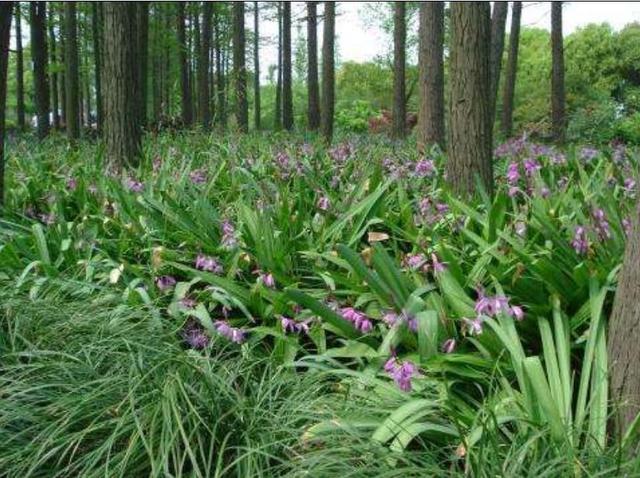
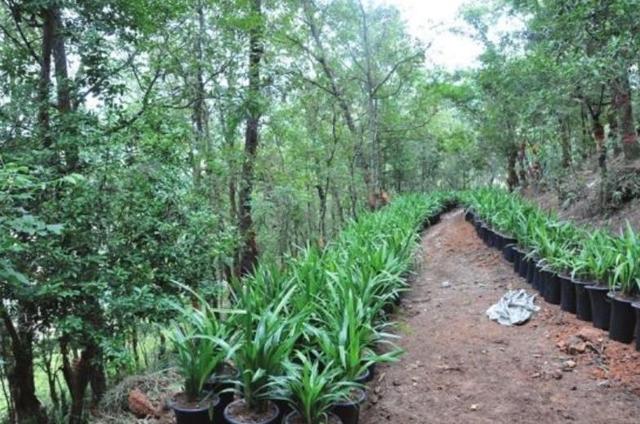
two。 Prepare the land for border formation
Clean up the withered branches and low side branches in the woodland. Combined with thinning and pruning, the light transmittance under the forest was adjusted to 30% 50%. After carefully removing stones and other impurities. Spread organic fertilizer or fully mature farm manure evenly on the ground. Then turn over more than 30 cm, rake the soil and make the border along the contour line. The width of the border is 100-120 cm. High 15cm. There is no limit to the length. The border ditch and perimeter ditch are 40 cm wide and 15 cm deep, which communicate with each other to facilitate drainage.
3. Planting time
It can be planted in both spring and autumn.
4. Planting method
Choose cloudy days or weak sunshine in the afternoon. According to the row spacing of 20 cm X 25 cm, the furrow width was 4-6 cm and the depth was 5-7 cm. 1 cm thick organic fertilizer or fully mature farm manure was applied to the bottom of the ditch and mixed well with the soil. The seedlings are placed according to the plant spacing determined by the planting density, and the tip of the terminal bud is required to be upward. Pay attention to stretching the roots, and then cover the previous trench with the soil that opened the second trench. And so on. After planting. Cover the border with decaying soil or straw. The thickness should not be exposed. Attention should be paid to protecting the apical bud and fibrous root during planting, and the fixed root water should be watered once after planting.
5 post-management
5. 1 seedlings and supplementary seedlings in the same year. According to the growth status of seedlings, some of the plants that are too dense, thin and with diseases and insect pests should be properly removed and replanted in time. After replenishing the seedlings, the fixed root water should be poured thoroughly to ensure the survival of the seedlings and reasonable planting density under the Bletilla splendens forest.
5. 2 Bletilla striata seedlings are slender. Weeds cannot be suppressed. Weeds should be weeded diligently in the first 1-2 years after planting and should be pulled up as soon as they see the grass. After planting for 2 years, weeding can be arranged according to the growth of weeds. Chemical herbicides are prohibited.
5. 3 Bletilla striata likes to be fat. In order to ensure the quality of medicinal materials, forced fertilizer should be based on organic fertilizer or fully mature farm manure. An appropriate amount of compound fertilizer can be used. There is no topdressing or a small amount of topdressing in the first year after Bletilla striata colonization. In the second year of planting, weeding should be combined with topdressing before rain, that is, before the emergence of Bletilla striata in spring. The border surface was evenly sprinkled with organic fertilizer or fully mature farm manure, and during the peak growth period of Bletilla striata in summer, diluted human and animal manure and urine were applied to the roots. Or sprinkle with organic fertilizer or fully mature farm manure with a volume ratio of about 1 to 4 compound fertilizer; in autumn, plant ash or fully mature farm manure can be applied to the roots according to specific conditions. The organic fertilizer or fully mature farm manure should be mixed into the soil, and the amount of fertilizer should be determined according to the soil fertility of the land. There is no forced fattening in the autumn of the year.
5. 4 water management Bletilla striata likes to be wet and is not tolerant to drought. Pay attention to timely watering in case of continuous dry weather. Water is watered to keep the soil moist. Rainy season should be timely ditch drainage, avoid border area water, so as not to rot roots.
5.5 manage high-altitude planting areas where Bletilla striata is not tolerant to severe cold and frozen with snow and ice in winter. Grass should be covered on the border to protect against cold. To ensure that Bletilla striata can survive the winter safely.
(6) Disease and pest control
Woodland with no obvious diseases and insect pests should be selected for planting. During the planting process of Bletilla striata. In early spring and late autumn, the residual leaves, withered stems and fallen leaves of litter should be removed in time, and overdense branches and leaves or thinning bamboo bushes should be removed regularly. Strengthen ventilation and keep the drainage of woodland unobstructed. May-September is the growing season of Bletilla striata. Artificial weeding and irrigation should be arranged according to the situation.
When diseases and insect pests occur. Biotherapy and physiotherapy should be given priority. When pesticides must be applied. The minimum dose and pesticides with high efficiency, low toxicity, low residue and short residue period should be selected. The use of pesticides prohibited by the state is prohibited. The use of pesticides is prohibited 60 days before harvest.
6. 1 at the initial stage of the onset of root rot, 1% ferrous sulfate or quicklime was applied to disinfect the disease, or 0.2% solution of 50% carbendazim wettable powder was sprayed once every 7 days for 2 times in a row. After the onset of the disease, pull out the diseased plant in time. Use copper sulfate 0. 2% concentration of solution irrigated the disease area.
6. 2 at the initial stage of the onset of stem rot, the diseased plants were removed and 75% chlorothalonil wettable powder was sprayed. 125% Murray 0. A solution of 167% concentration or 50% acetaminophen 0. 1% Murray 0. The solution of 125% concentration was sprayed continuously for 3 times at an interval of 7 to 10 days.
6. 3 spraying 1.1.100 Bordeaux solution or 50% bacillus 0 before and at the initial stage of leaf spot disease. 1% concentration of solution, or 65% Dyson zinc wettable powder 0. 167% zero. Spray a solution of 2% concentration. Spray once every 7 to 10 days, 3-4 times in succession.
6. 4 the initial stage of leaf blight. The spraying concentration is 0. 5% Bordeaux solution or 50% methyl topiramate 0. 125% Murray 0. 2% solution or 50% carbendazim wettable powder 0. A solution of 1% concentration. Spray 3 times at intervals of 10 to 15 days.
6. 5 the adult stage of the ground tiger. Black light or sugar, wine and vinegar trapping; larval stage, with 10% diazinon granules and 5% chlorpyrifos granules on the dry fine soil, mix well and sprinkle in the soil.
6. 6 during the peak incubation period of beetle (grub) larvae, 10% diazinon granules and 5% chlorpyrifos granules were applied to dry fine soil. Mix well and sprinkle the soil; kill adults with black light or mercury lamp at adult stage; egg or larval stage. Mix with 1.5-2 kg of Beauveria bassiana specially used for grubs and 15-25 kg fine soil every 667m2. Apply medicine to the root.
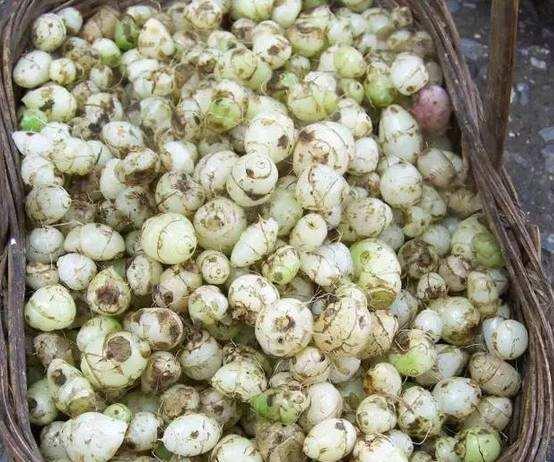
7 harvesting
After planting for 4 years, after returning seedlings in autumn to sprouting in spring, sunny days were selected to remove the residual stems and dead leaves on the ground first. Dig up the rhizome and the soil. Shake off the soil, cut off the stem, cut off the budding rhizome for seed, remove the fibrous root, rinse with clean water, boil in boiling water for 5-10 min until there is no white heart. Sun drying or ≤ 70 ℃ drying. Store in a cool, dry and ventilated place, avoid light and prevent insects.
- Prev
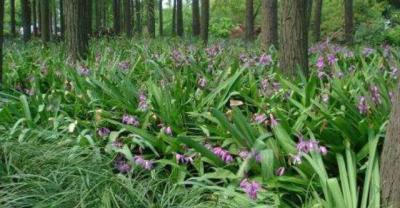
How painful is the dental implant operation?
With the continuous improvement of people's living standards, people pay more and more attention to oral health. Therefore, many patients with missing teeth will go to the dental hospital.
- Next
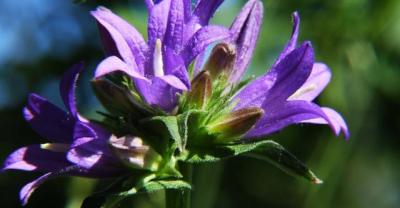
Excellent practice of planting vanilla on 6 kinds of balcony
Like to grow grass-like plants? It is already summer, the time is not very suitable, but now is the time for the vanilla plant of the flower tanning friend, remember we also hold.
Related
- Fuxing push coffee new agricultural production and marketing class: lack of small-scale processing plants
- Jujube rice field leisure farm deep ploughing Yilan for five years to create a space for organic food and play
- Nongyu Farm-A trial of organic papaya for brave women with advanced technology
- Four points for attention in the prevention and control of diseases and insect pests of edible fungi
- How to add nutrient solution to Edible Fungi
- Is there any good way to control edible fungus mites?
- Open Inoculation Technology of Edible Fungi
- Is there any clever way to use fertilizer for edible fungus in winter?
- What agents are used to kill the pathogens of edible fungi in the mushroom shed?
- Rapid drying of Edible Fungi

